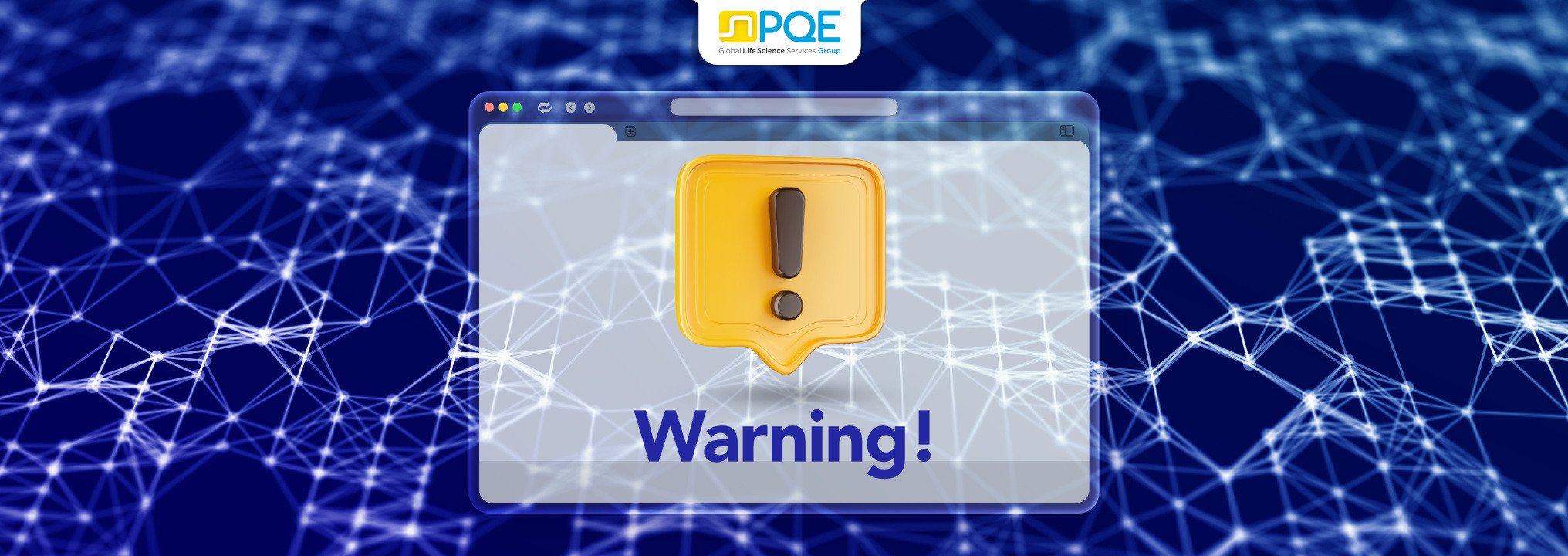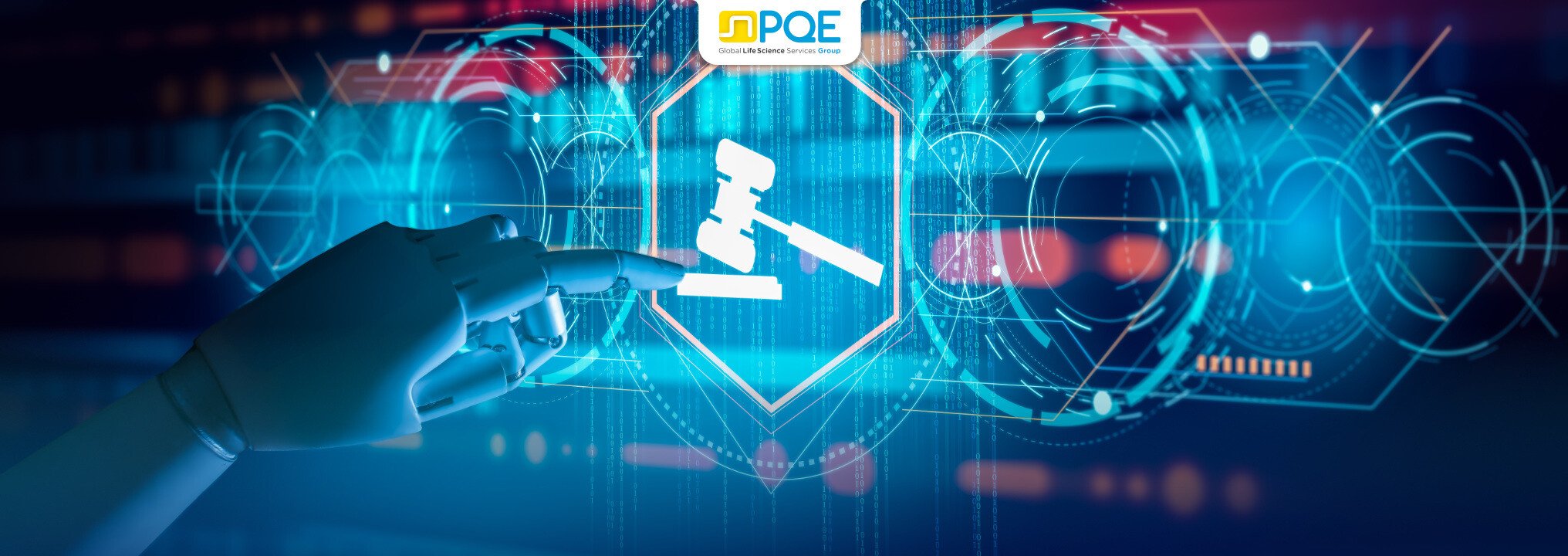PQE Supports your business with holistic cyber-security plans complete with Penetration Tests, Vulnerability Assessment, End-User awareness plans, to keep IT infrastructure, systems and supply chain safe from any kind of cyber threats such as hacking, phishing, social engineering, spear fishing, ransomware etc., without any loss of business performance.
Visit our Digital Governance services page or get in touch with us for a customized solution
Connect with us





